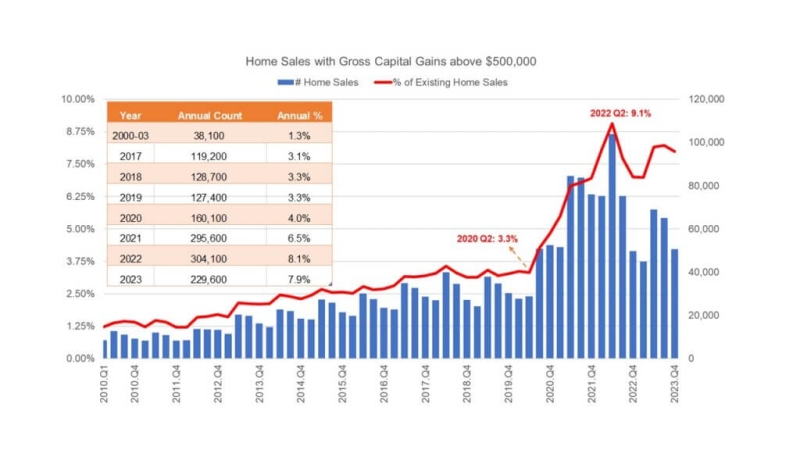
Report: Housing Undervalued In Most Markets

First American's chief economist says that, despite September's lowest affordability level since 2008, housing remains undervalued in most markets.
- Real house prices increased 17.5% between September 2020 and September 2021.
- Consumer house-buying power, how much one can buy based on changes in income and interest rates, decreased 0.2% between August and September 2021, and increased 2.9% year over year.
- Median household income has increased 3% since September 2020 and 66.2% since January 2000.
- While unadjusted house prices are now 38.4% above the housing boom peak in 2006, real, house-buying power-adjusted house prices remain 36.4% below their 2006 housing boom peak.
Housing affordability in September fell to its lowest level since 2008, according to First American Financial Corp.’s Real House Price Index (RHPI). And yet, adjusted for consumer house-buying power, housing is undervalued in most markets, according to First American’s chief economist.
First American, a global provider of title insurance, settlement services and risk solutions for real estate transactions, released its September 2021 RHPI today. The index measures the price changes of single-family properties throughout the United States, adjusted for the impact of income and interest rate changes on consumer house-buying power over time at national, state and metropolitan area levels.
Because the RHPI adjusts for house-buying power, it also serves as a measure of housing affordability.
“Two of the three components of consumer house-buying power swung toward declining affordability,” said Mark Fleming, chief economist at First American. “Record nominal house price growth and rising mortgage rates outpaced the growth in household income.”
Fleming said the 30-year, fixed mortgage rate and the unadjusted house price index increased by 0.01 percentage points and 20.9 percent, respectively, on a year-over-year basis.
“Even though household income increased 3% since September 2020 and boosted consumer house-buying power, the RHPI increased 17.5 percent compared with last September, the highest yearly growth rate since 2014,” he said.
According to Fleming, the annual nominal house price growth in September remained near record levels and affordability declined, “but the housing market is not overvalued,” he said. “Historically low mortgage rates and rising incomes have allowed home buyers to borrow more, giving them the ability to bid up house prices.”
He continued, “If housing is appropriately valued, house-buying power should equal or outpace the median sale price of a home. In September, house-buying power was more than $170,000 above the median sale price nationally, indicating that the housing market may even be undervalued. Of course, real estate is local, but even at the market level, consumer house-buying power exceeds the median home price in most markets.”
Fleming said that only four of the 50 markets tracked in the RHPI had a median sale price that exceeded house-buying power in September, and that they are all coastal cities in California.
“Yet, housing markets generally considered expensive — like Seattle, Washington, D.C., and Boston —are more affordable than many believe,” he said. “The reason many other expensive markets are more affordable is due to high household incomes — the more you earn, the more you pay. High household incomes in combination with historically low mortgage rates fuels strong house-buying power, which in many markets remains above the median sale price of a home.”
First American said its preliminary nominal house price index for October indicates slowing annual house price growth, as declining affordability causes some potential buyers to pull back from the market and sellers to adjust their price expectations.
Nonetheless, as the housing market heads into the end of the year, “the ongoing supply and demand imbalance will continue to put upward pressure on house price growth,” Fleming said. “It may be hard to believe but, once adjusted for consumer house-buying power, housing is undervalued in most markets and the gap between house-buying power and median sale prices indicates there remains room for continued house price growth.”




